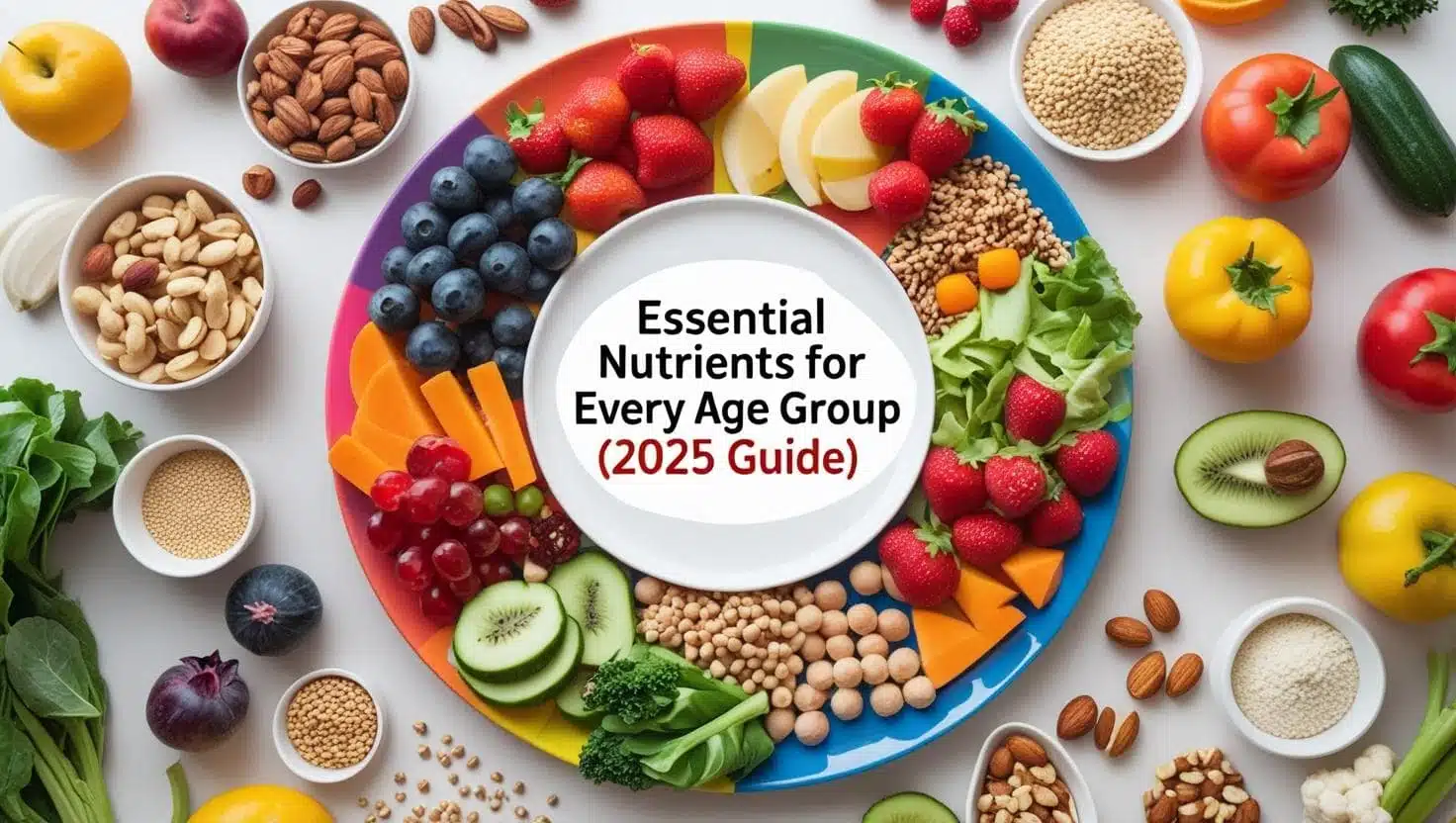
Introduction
Nutrients are the essence of a healthy lifestyle. They provide energy to our bodies, power our cells, and keep everything running smoothly. The body can not produce the nutrients on its own or produce sufficient amounts. If you want to learn more, you are at the right place.
In this guide, we will learn what are they, the types, and how they work, So, let’s go.
What Are the 6 Essential Nutrients Needed By the Body?
Nutrients are the things our body requires in food to help them grow, produce energy and maintain processes. They contain macronutrients that required in large quantities, and micronutrients, which are required in small quantities.
Virtually all of our vital nutrients are needed through diet (the exception being vitamin D, which can be produced by our skin in response to sunshine). That is to say that variety and balanced diet (not vitamin pills) is the answer to your nutritional needs.
As Harvard professionals observe, whole foods provide most healthy individuals with all the required nutrients. Unless you have a poor diet, to ensure that your multivitamin supplements are not needless, you must have a good diet. So, you can feed the body with sufficient organic and natural, healthy foods like fruits, vegetables, grains.
Macronutrients
Carbohydrates. Carbs (grain, fruit, vegetables) are the body’s main fuel. Degradable carbohydrates (sugars, starches) is around 4 Calories (energy) per gram. Fiber is a complex carb that we can’t digest but isn’t bad without. Fiber (in whole grains, legumes, veggies and fruits) slows digestion, feeds gut health, controls sugar and cholesterol levels and keeps you satisfied longer.
Current guidelines call for about 14 grams of fiber per 1,000 Calories consumed, roughly 25–38 grams a day for most adults. Foods such as oats, berries, legumes, and dark-vegetables are high in fiber foods and nutrient.
Read More: Carbohydrates: Energy, Health Benefits & Balanced Diet
Protein. Proteins (meat, dairy, eggs, beans and nuts) are the building blocks of muscles, skin, enzymes and hormones. Protein has about 4 Calories/gram. The proteins consist of the 20 amino acids that our bodies utilize to make and repair tissues.
Nine of these amino acids are essential (we have to consume them). Animal products (meat, eggs, milk) have all of the amino acids; plant foods (beans, tofu, legumes, seeds) will also be complete when combined. Adult protein requirements approximate 0.8gms/kg body weight (est. 46gm/day in an average woman, 56 gm/day in an average man).
More when you are highly physically active or aged. By building muscle strength and immunity, good protein intake is key. Low protein can lead to muscle loss, long wound recovery and fatigue.
Read More: Power of Proteins: Natural Sources, Nutrition & Benefits
Fats (Lipids). Fats are high-density energy deposits (9 Calories per grams) and necessary to our health. They construct cell membranes and it produces hormones. Fats are in a form of saturated (butter, milk and cheese), and unsaturated.
Unsaturated fats (olive oil, avocados, nuts and fatty fish) are classified as heart-friendly. With the help of them, it is possible to reduce bad cholesterol levels. Omega-3 and omega-6 are two polyunsaturated fats that are important to the heart and the brain health (found in fatty fishes, flaxseeds and walnuts).
The reason is that the body cannot make them itself. A healthful diet will comprise up to 20-35 percent of the calories as fat, with an inclination towards the unsaturated variety. Considering this, fats are an important component in the absorption of fat-soluble vitamins (A, D, E and K).
Read Also: [2025] Fats (Lipids): Best Choices for Every Age
Fiber (Carbohydrate). Fiber is a carbohydrate with special benefits. Soluble fibers (found in oats, beans, apples) are those that form a gel in the gut that slows the absorption of sugar and lowers cholesterol. And insoluble fibers (Whole grains, vegetables) which make digestion regular and add bulk to it.
Fiber alone does not supply any calories but it is important in maintaining digestive health. Consuming a high intake of whole-food sources of fiber (vegetables, fruits, legumes. Whole grains, nuts also reduce the risk of heart disease, diabetes, and obesity.
Micronutrients
Micronutrients include vitamins, minerals and are essential in minute quantities but are essential to good health. Vitamins (thirteen of them, A, C, D, E, K and eight B-vitamins). In addition to these, the body needs about a dozen essential minerals (including calcium, iron, zinc, iodine, magnesium and potassium). Every micronutrients plays a specific function.
The body makes them when the body needs them to use, except vitamin D. Which the body makes when exposed to sunlight, only rather than in food itself, in contrast to fat-soluble vitamins. Which are now believed to arise by the same process, since they, like vitamin D, have a similarity in their chemical structure in the performance of their functions.
Vitamins: Vitamins are organic compounds that are commonly acting as metabolism co-factors or antioxidants. Fat-soluble vitamins (A, D, E and K) are fat-soluble and are able to be stored in the body. As an example, vitamin A (in carrots, sweet potatoes) is beneficial to the vision and immune system as well as vitamin D (in fatty fish, fortified milk and sunshine) aids in the absorption of calcium which helps with strong bones.
Water-soluble vitamins (C and the B-complex such as B6, B12, folate) are dissolve in water and have to be replenish frequently, as surplus is excrete via urine. They facilitate energy production (B-vitamins in whole grains, meat) collagen and immune response (vitamin C in citrus, peppers) and neurons (vitamin B12 in meats and dairy).
You May Also Read: How Long Does It Take For Vitamins To Start Working?
Minerals: These are the inorganic substances that makes possible numerous body functions. There are two kinds, major and trace minerals. Major minerals are those, which the body needs in large quantity. These minerals are, for example, calcium, magnesium, phosphorus, potassium, etc.
Calcium is important for bones and also for the heart rate, and is found in dairy or fortified plant-based milk. Magnesium, phosphorus, and potassium is necessary to function nerve and muscles are found in nuts, legumes, vegetables.
But trace minerals is the body that needs it, in minimal amounts. There are minerals such as iron, iodine, zinc, etc. Iron consists of carrying oxygen and found in meat, beans, spinach. Iodine is necessary for the thyroid hormone and is found in iodine salt and seafood. Zinc is essential for immune system and it is found in the meat, seeds.
You May Also Read: What Essential Minerals Are Needed In a Balanced Diet?
Dietary Sources of Key Nutrients
The ideal choice is to consume a variety of whole foods in order to include many nutrient bases. In general, prioritize nutrient-dense foods– those that are rich in vitamin, mineral and fiber content versus calories. Examples include:
Fruits & Vegetables: They are full of vitamins A, C, K and folate as well as fiber. The vegetables (lots of spinach, kale) are also high in calcium and iron, the fruits (oranges, berries) are high in vitamin C and antioxidants. Carrots and pepper contain a good amount of fiber and vitamin A.
Whole Grains: You’ll find whole wheat bread, oatmeal, brown rice, quinoa and barley are good sources of B vitamins, fiber, and minerals (including magnesium and selenium). They increase energy and digestive health.
Lean Proteins: Meat, poultry, fish, eggs and dairy products contain quality proteins, B12, iron, zinc and calcium. As an example, salmon and fortified milk have vitamin D as well as protein. Plant sources of protein, such as beans, lentils, tofu and soy (edamame) also contain fiber, iron and healthy fats.
Nuts, seeds & legumes: Almonds, walnuts, chia seeds and legumes (beans, chickpeas) are sources of healthy fats (omega-3s) magnesium, vitamin E & fiber.
Dairy or Fortified Substitutes: Milk, yogurt and cheese are calcium-rich, protein-rich and vitamin-D-rich foods (when fortified). Vegetarians/vegans can get these nutrients with fortified plant milks and cereals.
Colorful Foods: Try to make your food have the color of the rainbow. As an example, sweet potatoes, mango (vitamin A), orange (vitamin C), blueberries (antioxidants), and broccoli (vitamin K) are different sources of different micronutrients.
In general, consider the whole, minimally processed foods. Avoid foods that contain empty calories (sugary drinks, snacks) which fill you up and yet do not provide any nutrients. Broadly speaking, a balanced meal (50 percent vegetables/fruit, 25 percent lean protein, 25 percent whole grains with some healthy fat) is the average way to get most nutrients.
Recommended Intakes & Daily Values
Health authorities set the Recommended Dietary Allowances (RDAs) or Adequate Intakes of nutrients according to age and sex. These are values that determine healthy eating.
Protein: The lower limit of RDA of protein is approximately 0.8 g kg-1 body weight (or more or less 46mg/day in women and 56mg/day in men). Athletes or the old age people may require more.
Carbohydrates: They do not have specific RDA but it is recommended that 45-65% of calories come in the form of carbs with a focus on complex carbs. A minimum of 130 g is RDA as brain fuel by the Institute of Medicine, but most people consume more than this.
Fiber: Eat 14g/1000 calories – 25 g/day for women, 38 g/day for men.
Fat: ideally 20 to 35 percent of calories come to fat, with no more than possible saturated fat and only small amounts of trans fat.
Vitamin D: 600 IU (15 micrograms) daily in adults up to age 70 years, with an increase in minimum to 800 IU (20 µg) over age 70.
Calcium: 1,000 mg/day of most adults; women 51 plus and everyone 71 plus should get 1,200 mg/day.
Iron: Women 19-50 18 mg/day (related to the menstrual period), and adults men and women 51 years and older 8 mg. Pregnant should have 27 mg.
Vitamin B12: Adults need 2.4 µg of vitamin B12 a day. Vegans should use B12 supplements because the plant foods are deficient in it.
Vitamin C: 75 mg/day (women), 90 mg/day (men), (additional 35 mg if smoker).
Folic acid (B9): 400 g/day at all ages; people taking folate therapy should take folic acid, 600 g/day during pregnancy to prevent neural-tube birth defects.
Potassium: 2,600 mg (Women) to 3,400 (Men) per day. It is found in fruits and vegetables, beans.
Sodium: 1,500 2,300 mg/day (maximum), salt and prepared foods.
Food labels offer one % Daily Value (%DV) to find out how a serving can meet daily goals. Examples of these are 1300 mg as the %DV for calcium and 20 µg (800 IU) for vitamin D. In practice, it makes sense to target or above the RDA and well below the Upper Limits (e.g. no more than 4,000 IU vitamin D, 2,300 mg sodium).
Remember that people have different specifications. Active individuals, old people, pregnant individuals, or persons with health conditions may have other needs. Be sure to check the current Dietary Guidelines and with your healthcare provider to get more personalized advice.
Signs of Nutrient Deficiency
Lack of proper nutrition will have health complications. The symptoms of deficiency may be numerous and non-specific, although some of the most typical signs are as follows:
Fatigue or Weakness: Deficiency in iron (anemia) or in B-vitamins (B12, folate) may lead to feeling of tiredness and weakness, pale skin or feel cold.
Bone or Muscle Pain: Weak and quite painful bones (osteomalacia or osteoporosis) are signs of an insufficient amount of vitamin D or calcium. Muscular aches and poor endurance, may also be present.
Slow Healing Wounds and Frequent Illness: Vitamins A, C, zinc and protein are key in immunity and repair. When you bruise easily, have frequent illness or sores take a long time to heal, check their nutrients.
Tingling or Numbness: Brain and nerve symptoms may arise due to deficiency of B12 vitamin (numb hands, feet, & balance).
Hair Loss or Skin Issues: A diet with too little protein, fatty acids, or vitamins will cause brittle nails, hair loss or skin conditions.
Digestive Issues: Also a cause of constipation is a low-fiber. Diarrhea or malabsorption (e.g. due to celiac disease) may result in deficiencies of numerous nutrients. In the U.S., there are still modest deficiencies. To use an example, low levels of vitamin D or iron present in approximately 10 percent of Americans. The deficiency of vitamin D is also prevalent among specific groups, approximately, 31 % of black-Americans and 12 % of Mexican-Americans are deficient with 3 % of the whites being deficient.
Around 1 in 8 U.S. women (12-49) is iron-deficient, and the older adults tend to lack B12 and calcium. Since several signs of deficiencies overlap and are easily confused or have unclear symptoms, laboratory tests are required to confirm a diagnosis. A balanced diet is a sure prevention method: such thing as low-fat meat, spinach and enriched cereals to provide iron, milk or fortified dairy product and vitamin D and calcium.
Nutrients for All Ages
The nutrient requirements change with age The child and teenagers needs significant amount of protein, Calcium and iron in order to grow muscles and bone. An example is iron facilitating the development of the brain among young children. Women need additional intake of folate, iron and protein during pregnancy and when breastfeeding the baby.
In adulthood, the needs change little until the middle of adulthood where they also stabilize although those in old age tend to need higher concentrations of some nutrients. As an example, absorption of vitamin D and B12 decreases as a person gets older, and women require more calcium in the post-menopausal state.
Protein is critical in keeping seniors off the muscle loss. It is even more important to remain hydrated and consume nutrient rich foods later in life. As the appetite can diminish whereas nutrient needs remain the same or increase.
Conclusion
Healthy diet provides all essential nutrients of your body. Eat a balanced, diverse foods nutritionally speaking-Load up on the fruits and vegetables, the whole grains, the lean proteins, and the healthy fats to cover the macro- and micronutrient bases. Good protein packages, adequate protein [Karol] are the cornerstones of a good diet. Which also includes a lot of fruits and vegetables and whole grains, according to Harvard. Good health should consist of much of the nutrients, the body requires, coming in the form of healthy fats”.
In 2025 as always don’t rely for a quick fix – eat balanced meals, not supplements. One expert describes them as useful fillers for some individuals. But if you are normally in decent health and eating a diverse diet, “there is no need for” them.
Do you have special issues (e.g. a special diet or health condition)? If so, discuss with your doctor or dietitian. They can advise whether you need any tests or fortified foods to make sure you’re getting enough.
Disclaimer: The contents in Thenutrio.com are general informational and educational materials only. I am neither a licensed healthcare nor nutritionist. The articles rely on valid research and effective sources, but they are not to substitute consultations with qualified medical practitioner/nutritionist. For any major restructuring of your diet, health routine or lifestyle, you always should check with a licensed expert.

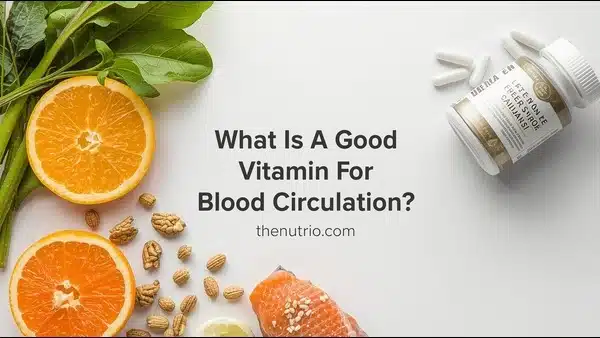


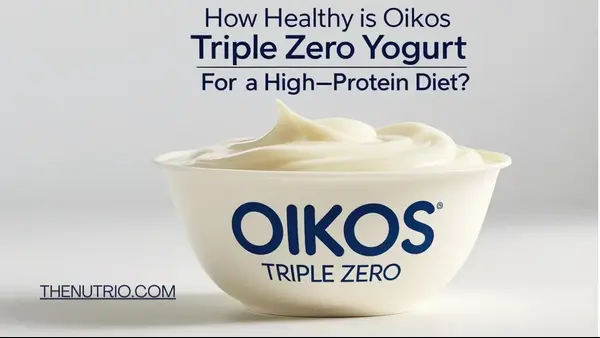
![[2025] Fats (Lipids): Best Choices for Every Age](https://www.thenutrio.com/wp-content/uploads/2025/09/A-vibrant-hero-image-showing-a-colorful-plate-rich-in-healthy-fats—like-avocado-toast-nuts-olive-oil—paired-with-text-overlay-2025-Fats-Lipids_-Best-Choices-for-Every-Age.-4-min-1-1.webp)

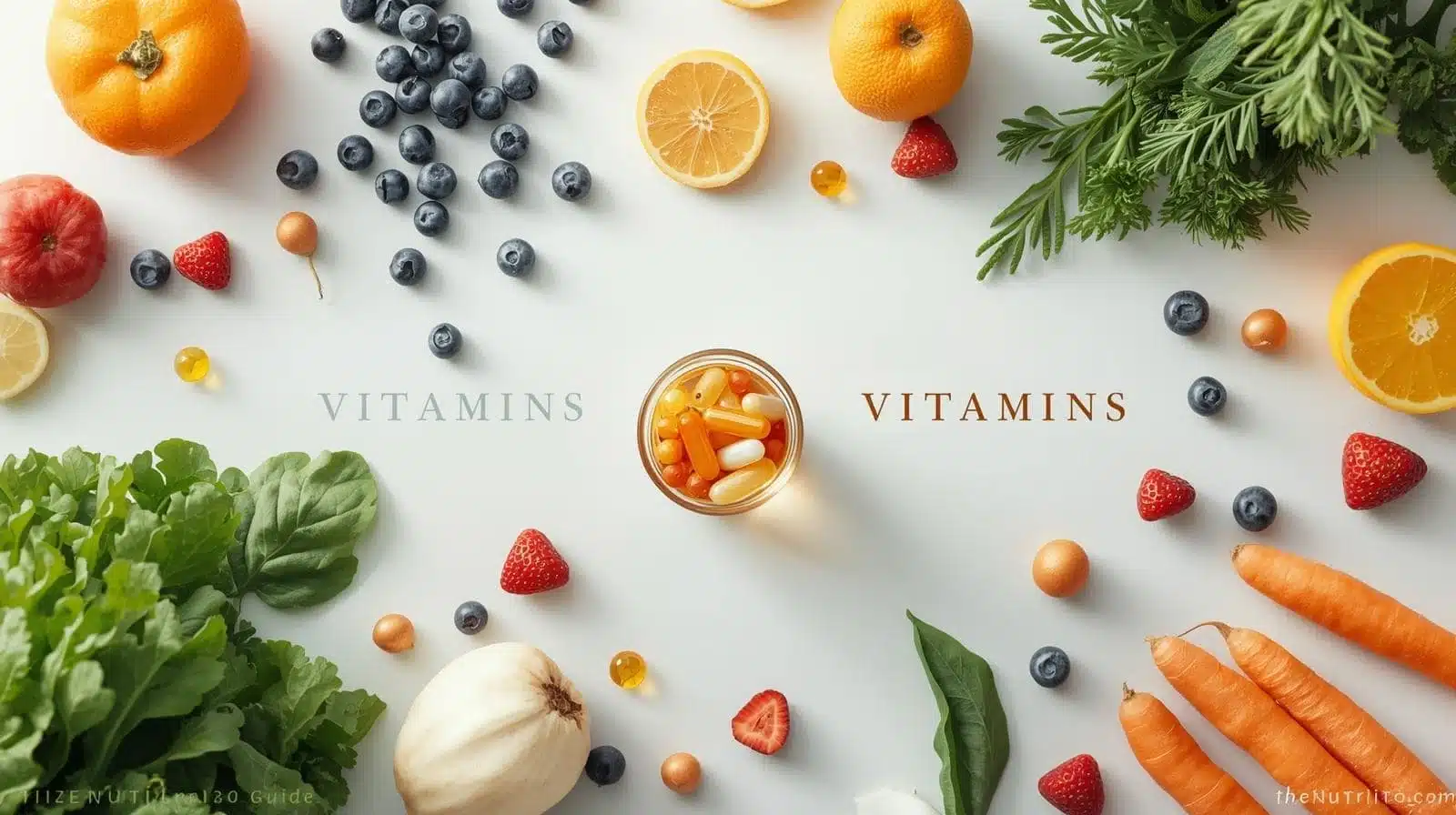
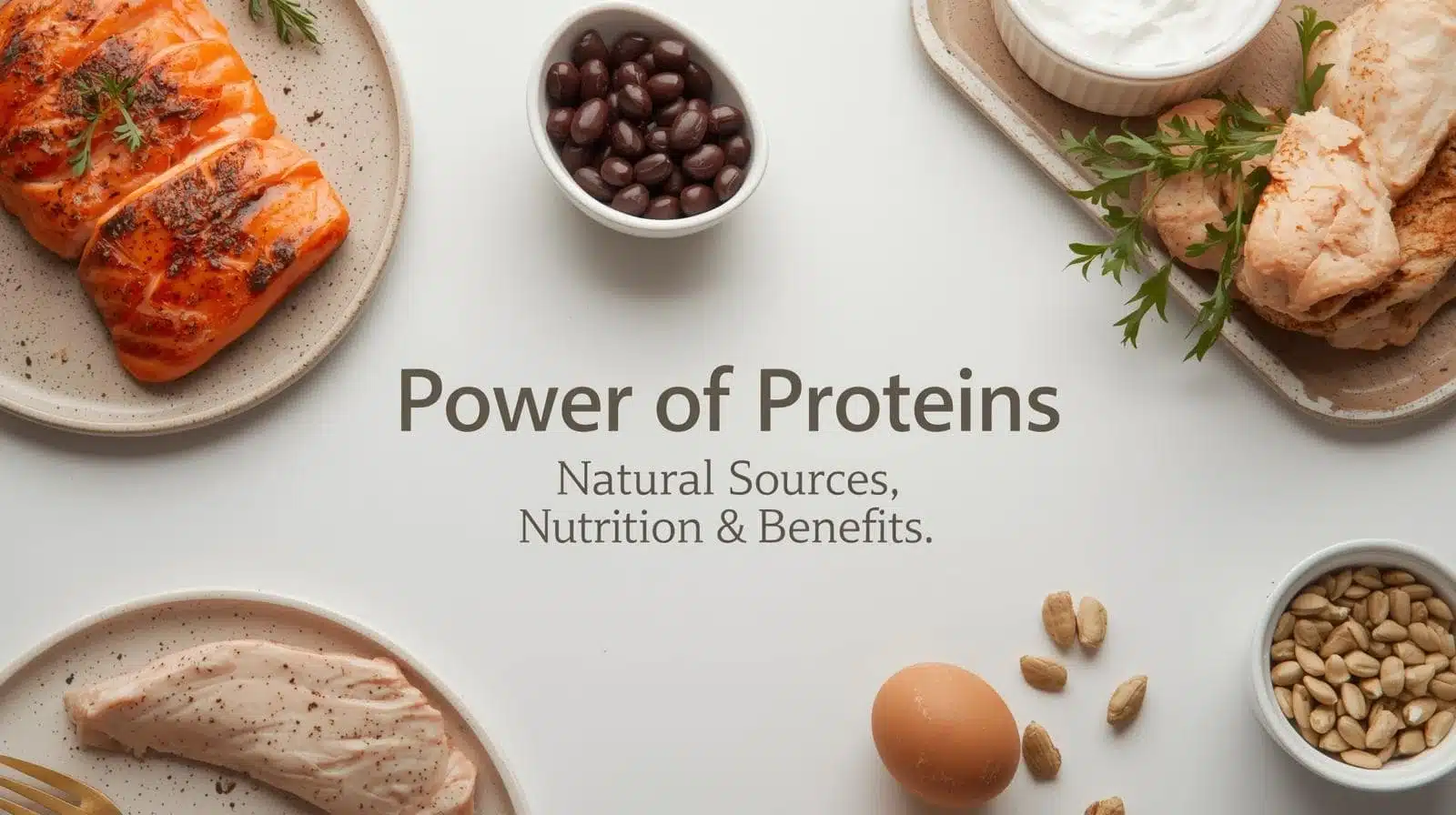
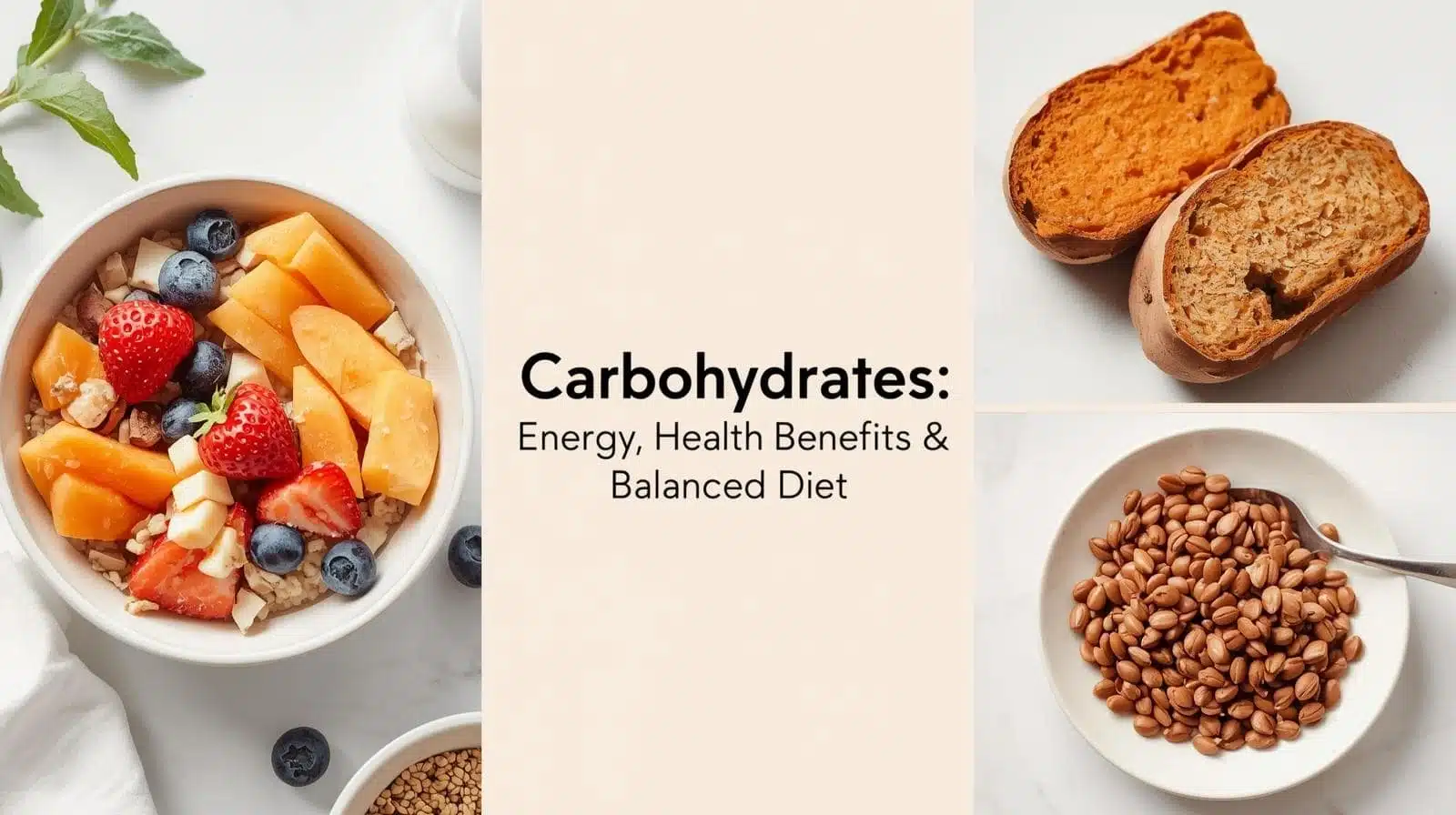
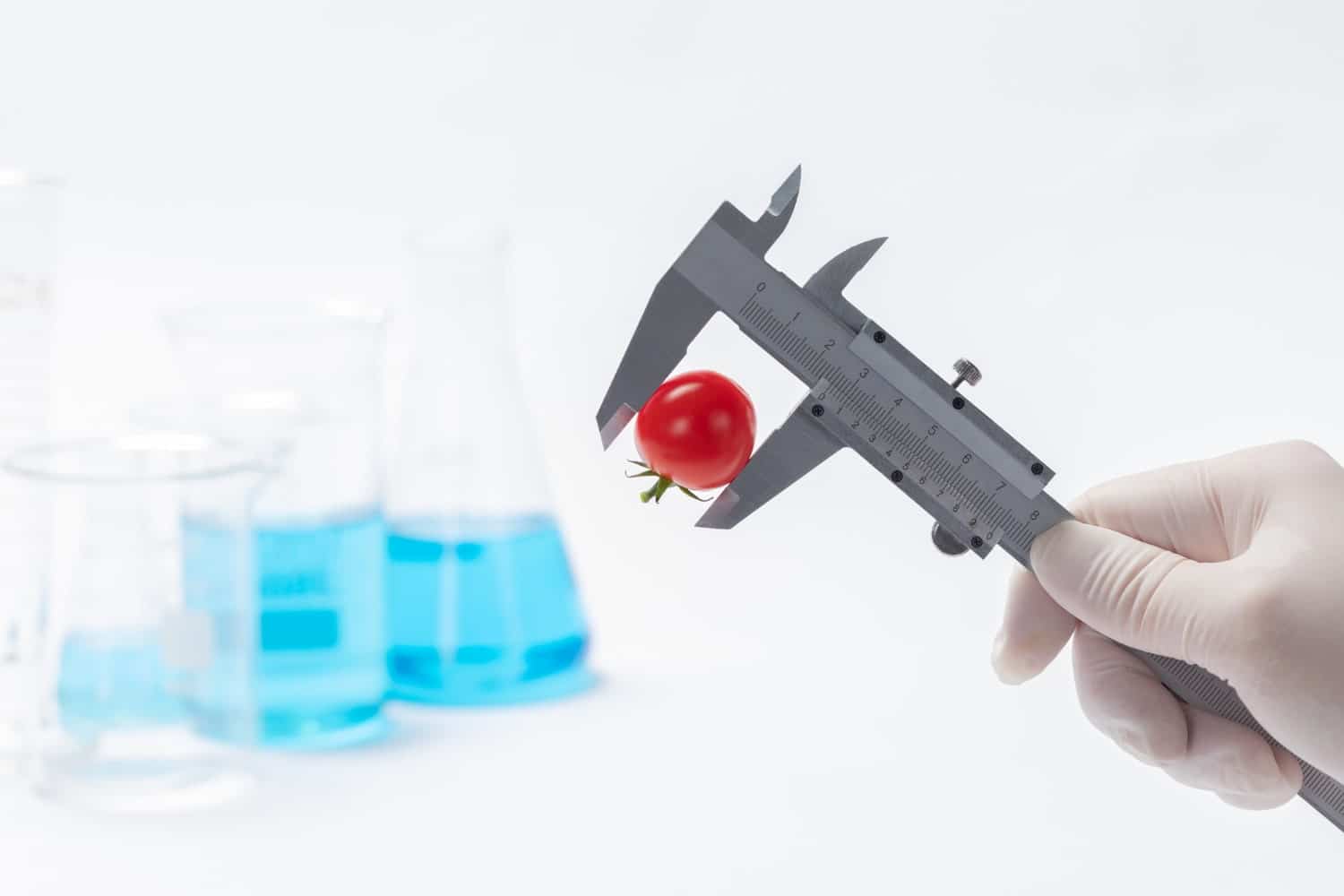
5 comments on “Essential Nutrients for Every Age Group (2025 Guide)”